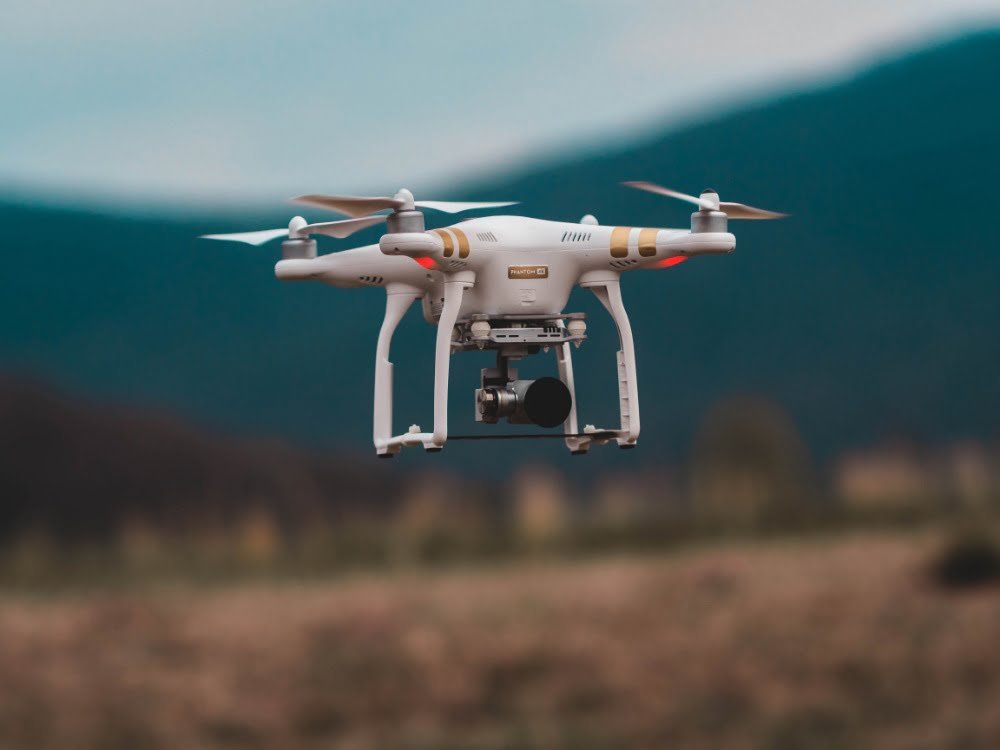Russia and Ukraine Engage in the First Full-Scale Drone War: Implications and Innovations
In a significant shift in modern warfare, Russia and Ukraine are actively engaging in what is being described as the first full-scale drone war. This conflict has highlighted the pivotal role unmanned aerial vehicles (UAVs) play in contemporary military strategies and could reshape how nations approach warfare in the future.
The Rise of Drone Warfare
Drones have become indispensable in modern military operations, but the Russia-Ukraine conflict has catapulted their use to unprecedented levels. Both nations are employing a variety of drones, from small reconnaissance UAVs to larger, more sophisticated models capable of carrying out precision strikes. This extensive use of drones in the conflict zone represents a new era in warfare, where remote and autonomous combat capabilities are at the forefront.
Types of Drones Used in the Conflict
The range of drones utilized in this conflict varies significantly:
- Reconnaissance Drones: Smaller drones are used extensively for gathering intelligence and surveillance, providing real-time data about enemy movements and positions.
- Combat Drones: These are equipped with weapons and are used to carry out airstrikes, significantly reducing the risk to human pilots and increasing the precision of attacks.
- Suicide Drones: A type of combat drone, these are designed to self-destruct upon reaching their target, acting as a missile.
Technological and Tactical Developments
The conflict has spurred rapid advancements in drone technology and tactics. Both countries are continually evolving their strategies to gain an upper hand, leading to a sort of arms race in drone development. Innovations include enhanced stealth capabilities, improved accuracy, and the integration of artificial intelligence to enable more autonomous operations.
Ethical and Legal Considerations
The extensive use of drones in warfare also raises complex ethical and legal questions. Issues such as the targeting process, civilian safety, and the psychological impact of drone warfare on both operators and the populace are increasingly scrutinized by international bodies and human rights organizations.
Global Implications
The drone war between Russia and Ukraine is setting a precedent that other nations are closely watching. The effectiveness and efficiency of UAVs in this conflict could lead to increased military investment in drone technology globally, potentially leading to a shift in global military power dynamics.
Economic Impact
The demand for advanced drones has resulted in significant economic implications for the defense sector. Defense companies that specialize in drone manufacturing are seeing increased orders, and there is a growing market for anti-drone defense systems as nations seek to protect themselves from similar threats.
Future of Warfare
As the Russia-Ukraine conflict continues, it is clear that drone warfare will play an increasingly central role in future conflicts. Military strategists and defense departments worldwide are likely to rethink their approach to combat, emphasizing technological prowess over traditional military power.
Conclusion
The ongoing conflict between Russia and Ukraine marks a significant turning point in the history of warfare. As the first full-scale drone war, it underscores the shift towards technologically advanced, remotely controlled combat systems, setting new standards for future conflicts. While this raises various ethical and security challenges, it also opens up new avenues for defense strategies and technological innovation in the global military landscape. As nations observe and learn from this conflict, the integration of drones into military strategies is set to expand, potentially leading to a new era in warfare tactics.
